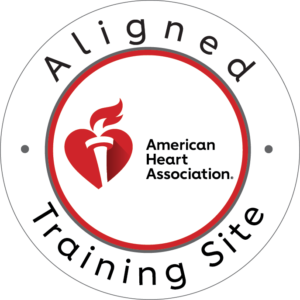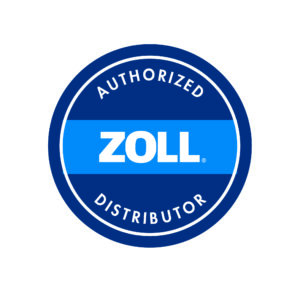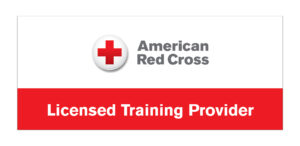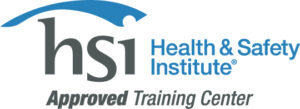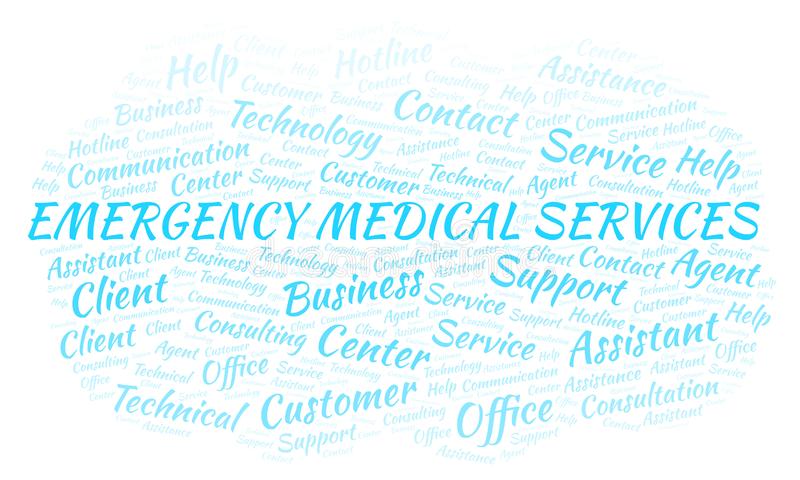
In many areas of the country, outside of the urban areas, much of the Emergency Medical Services (EMS) systems are comprised mostly of volunteer agencies.
At the end of the first World War volunteer rescue squads started to form all over the country. There was a need for neighbors to help neighbors. A majority of these squads are still in existence today; some still volunteer, some combination, and some are now fully paid.
Many of the rural squads are struggling with multiple issues including recruitment and retention, financial stressors, an aging volunteer workforce, and competing demands on the volunteers’ time.
With many agencies, there are line officers and there is a Board of Directors. The Line Officers run the day-to-day operational aspects and the Board the business aspects.
As many of these agencies are made up of a diverse group of individuals, you get a vast array of experience that may or may not be applicable to the agency. Some may have business experience including finance or business operations or their experience may not relate at all.
EMS is a business, whether you are rural or urban, the concepts are the same. You are providing a service and there is a cost to doing business. That cost includes personnel, vehicles, buildings, supplies, equipment, uniforms, radios, paging systems, and much more.
Traditionally, unless a municipal agency, these volunteer services would either contract for service or hold fundraisers to cover the expenses. Over the past 25+ years many have turned to billing to offset the costs of running the agency. In most cases, there is a base cost to roll an ambulance based on the level (ALS or BLS) and some itemize interventions and equipment used while others bill flat rate.
Just as with a business, you need consistent cash flow to operate. If you budget year over year, you need to ensure you have enough cash in the bank to continue operations into the next year as contracted municipal payments (Or tax money) usually are not available until February. In order to cover ongoing costs (money out) we need cash coming in (money in).
Salaries, vehicle costs (including fuel, maintenance costs, insurance, etc.), equipment costs, uniforms, and building costs are just some of the expenses that go out the door each month. Agencies have to be able to pay their invoices on time or risk being put into a higher risk class and a lower credit outlook.
Timely billing for your services is key to good cash flow. Although you could handle this internally (and some larger agencies do), most choose to contract a third-party billing service. These services take the medical records and convert them into valid bills that insurances, both private and public, will accept.
There are several important metrics that must be monitored. We cannot simply hire a billing service and then forget about it.
First and foremost is monitoring to ensure that the billing is being done correctly. Even minor errors can be expensive to resolve. One large city in the US paid $2.47 million in fines for incorrectly billing BLS runs as ALS. This could have been prevented had routine audits been done.
The second key piece is the billing service’s collection rate. This is the percentage of collections versus bills that are sent out. It is a good measure of the effectiveness of the billing service in collecting as close to 100% of all allowable charges. Payor mixes (insurance, Medicare/Medicaid, private pay) can affect this, so comparing one agency or territory to another is like comparing apples to oranges.
In summary, we cannot continue to run agencies the way we have always done it. You need to employ good, sound business practices to ensure that the agency can remain solvent and continue to perform its primary mission: Providing efficient, quality care to the residents it serves.
Contact us today to learn more


